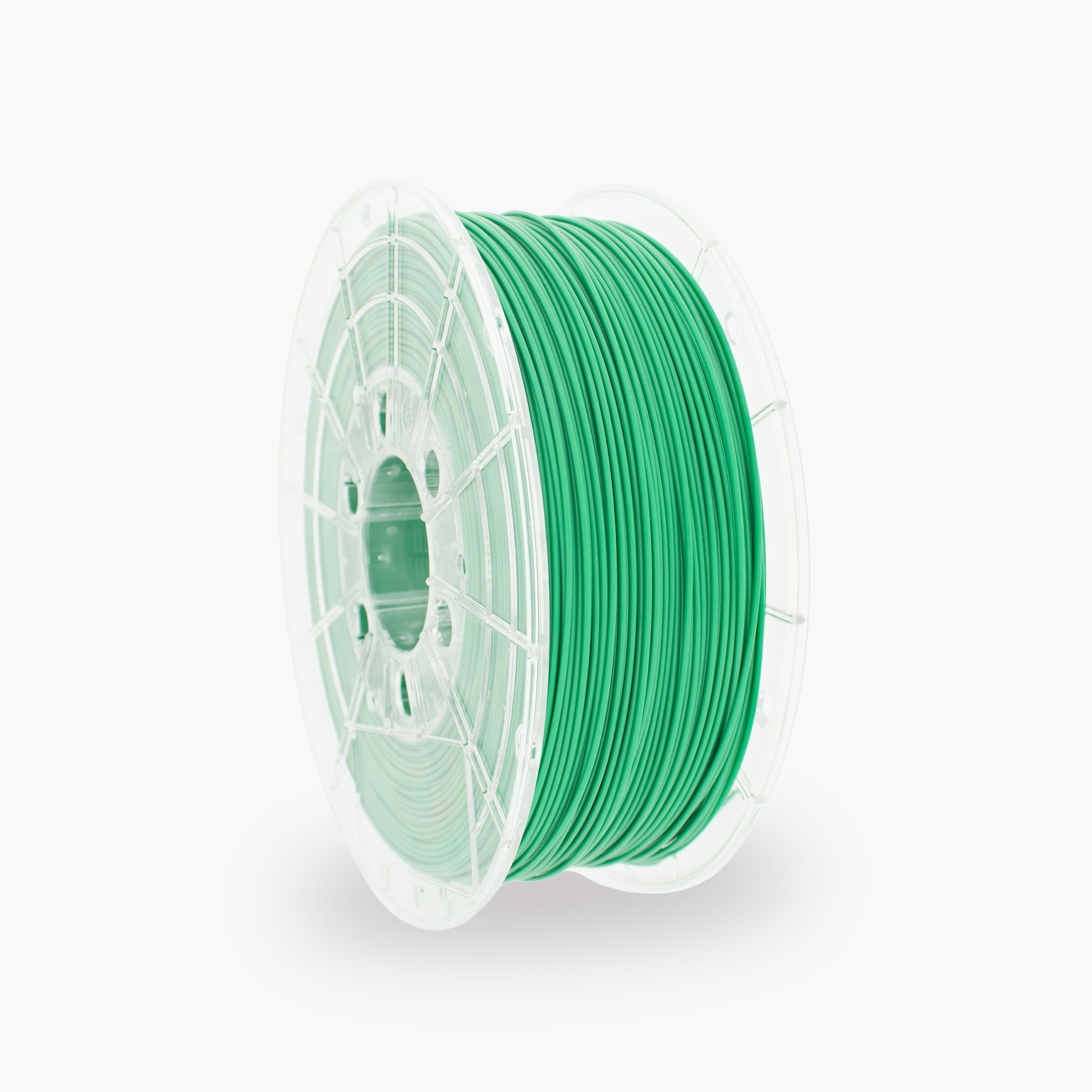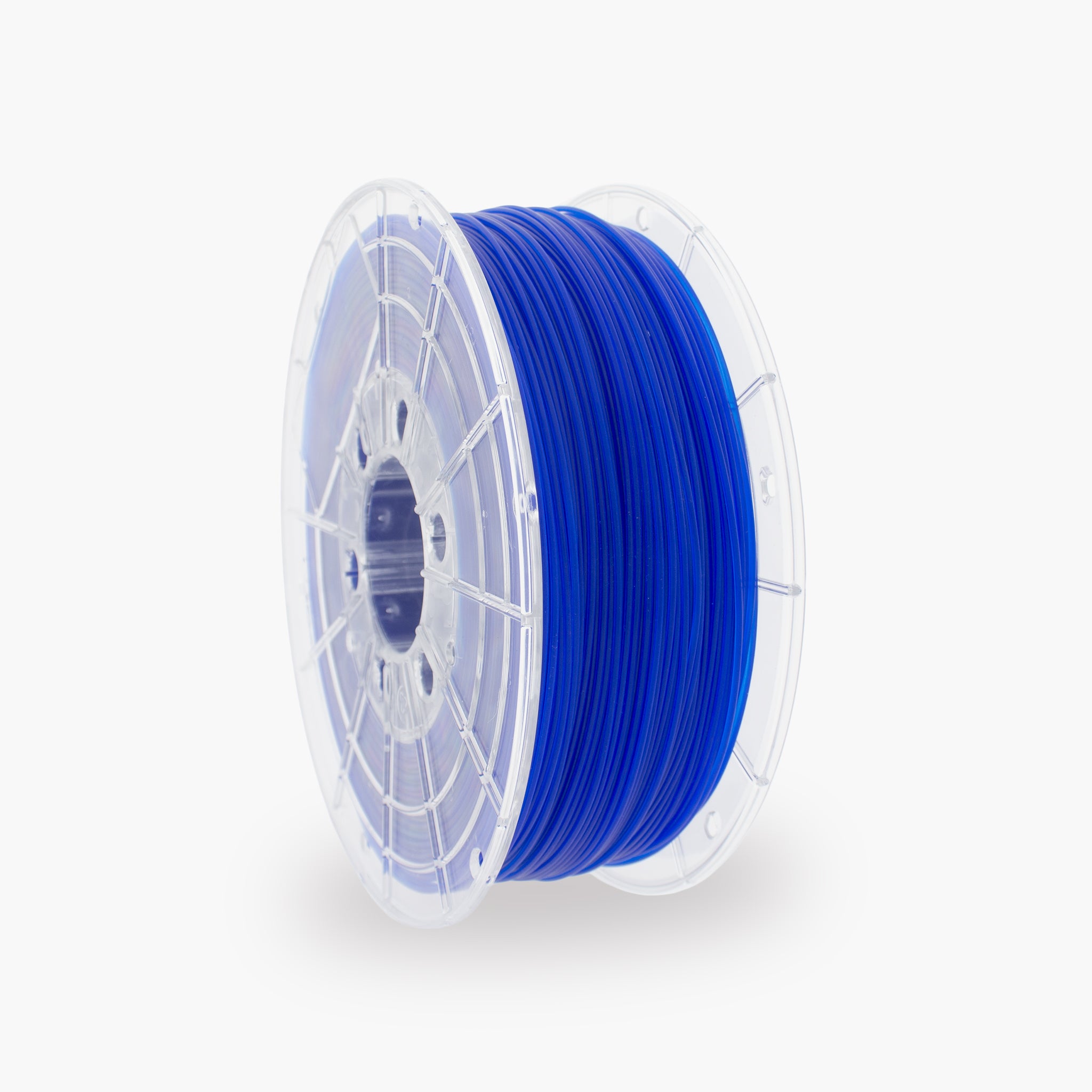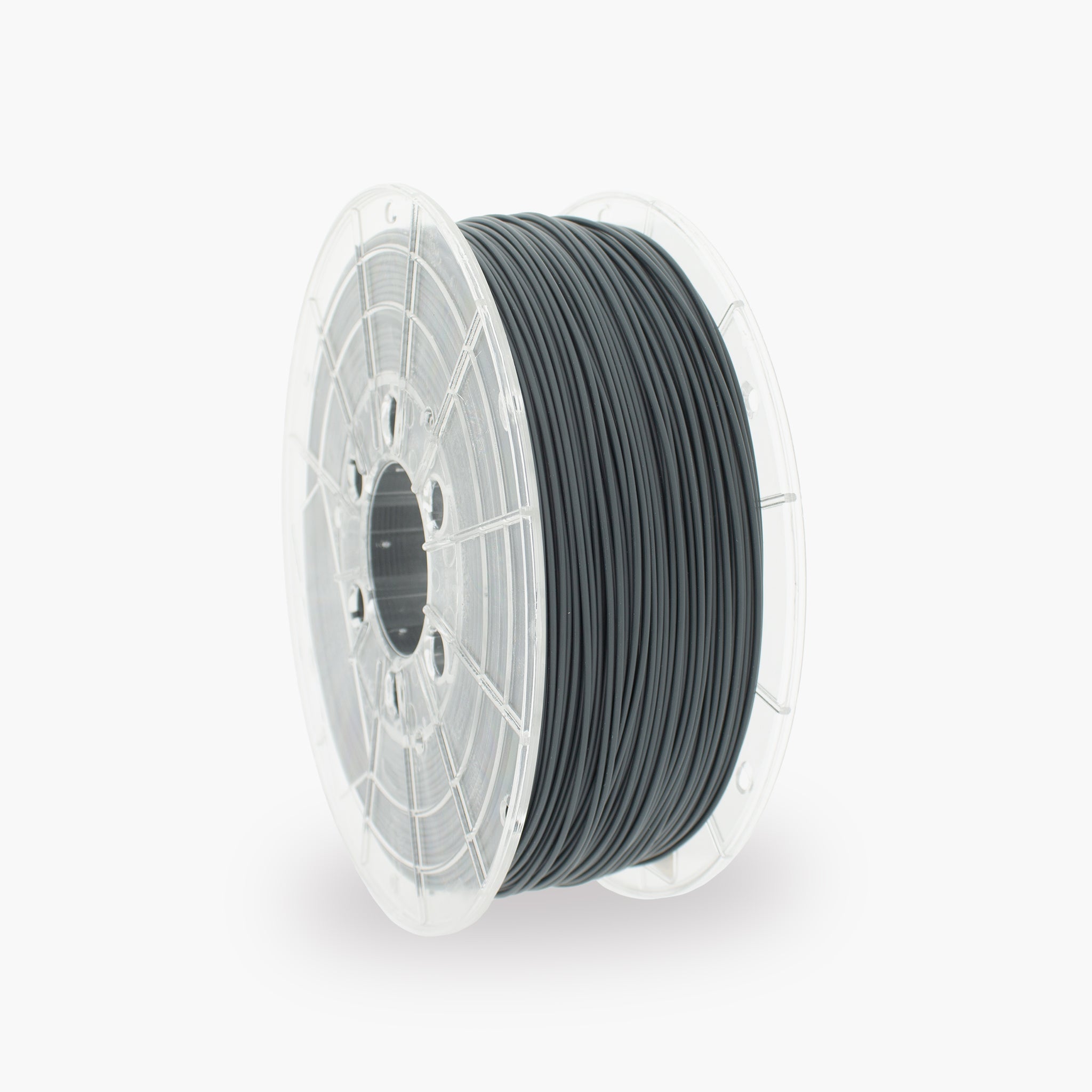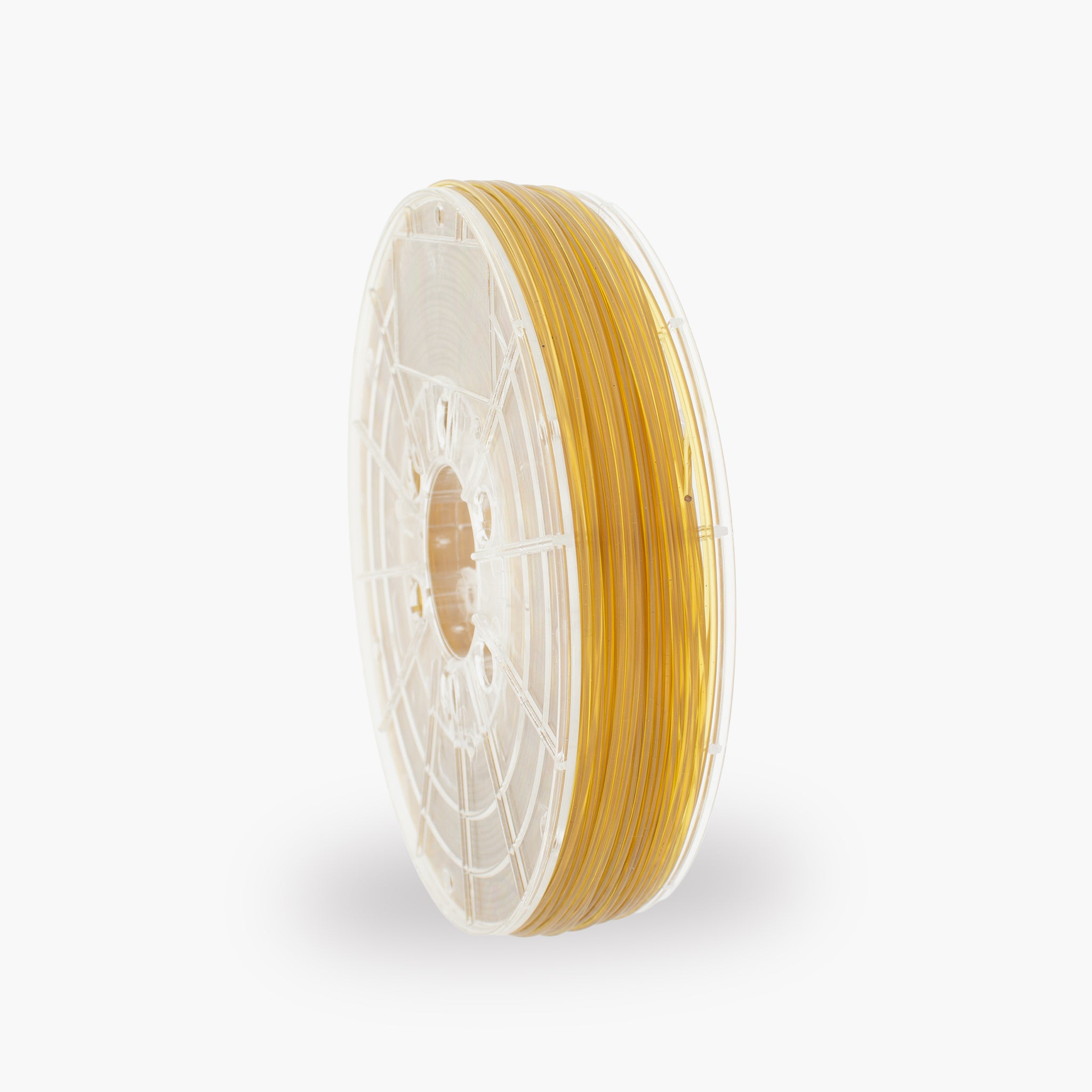ASA filament 3D Printer Filament
ASA filament, known as acrylonitrile styrene acrylate, is a thermoplastic that excels in water resistance, mechanical strength, and UV stability, making it an excellent choice for 3D printing. This polymer is often used in the automotive industry, for making prototypes, and for objects intended for outdoor use thanks to its outstanding durability and dimensional stability. Printing with ASA results in objects with a matte finish that do not discolor, making the material ideal for a wide range of projects.
How ASA distinguishes itself from other filaments?
ASA filament is especially loved for its superior UV resistance, making it perfect for objects exposed to sunlight for extended periods. This material is also highly resistant to weather conditions such as cold and moisture, making it ideal for outdoor use. ASA guarantees durable 3D prints that maintain their shape and color.
What are the Advantages of ASA?
An important advantage of ASA compared to ABS is the ability to reheat it without quality loss, making ASA one of the most robust materials for 3D printing. The material offers high mechanical resistance and does not discolor under sunlight, unlike ABS. ASA's dimensional stability and chemical resistance make it possible to print high-quality 3D objects that retain their color and shape.
What are the Disadvantages of ASA?
A point of attention with ASA is that the printing process can release toxic fumes. Good ventilation is essential to avoid health risks. ASA is more expensive compared to other filaments and has a larger ecological footprint than, for example, PLA, but it does offer better durability. The high melting temperature of ASA requires a significantly higher extruder temperature, which increases energy consumption and environmental impact.
What are the Print Settings for ASA?
Optimal print results with ASA are achieved by setting the nozzle temperature between 240 and 260 degrees Celsius, with a print speed of 20 to 30 mm per second. The print bed should be heated to 90 to 110 degrees Celsius. Important additional settings include:
- A print bed temperature of 100 degrees Celsius for optimal first layer adhesion.
- A level print bed.
- Turning off the fan to prevent drafts, which can cause cracking.
- Adjusting the print temperature according to the manufacturer's specifications.
- An enclosed housing is recommended to ensure temperature stability.
What are Tips for printing with ASA?
To successfully print with ASA, it is important to avoid drafts and print in an enclosed space or housing. Using adhesion spray or Kapton tape can help the first layer adhere better. A low setting on the cooling fan helps prevent sudden temperature fluctuations, which improves print quality. For complex prints, HiPS can be used as a support material.


























